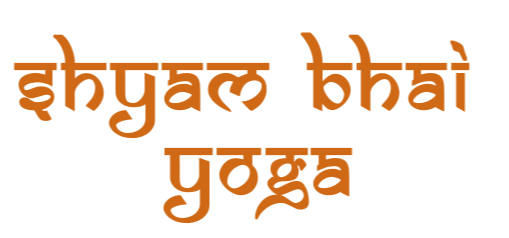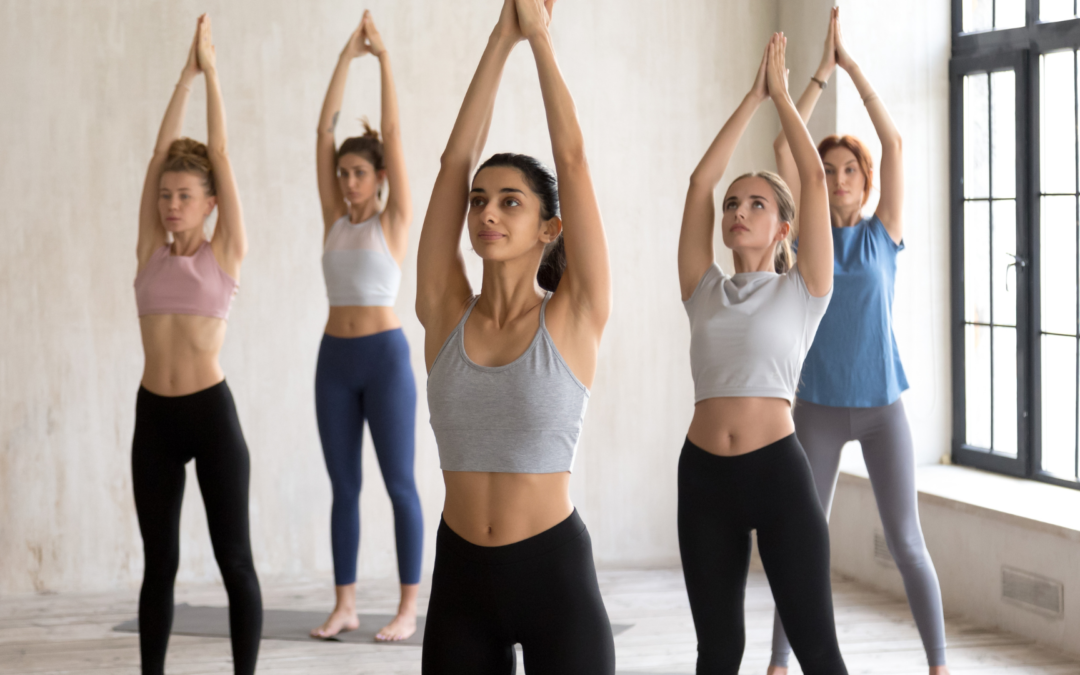7 Yoga Tips to Manage Diabetes Effectively
If you or someone close to you is living with diabetes, you’re not alone. According to the , India has the second-largest diabetic population in the world, following China, with projections indicating that over 124.9 million people in the country will be living with diabetes by 2045. The good news is that yoga can be a game-changer in managing blood sugar levels and improving overall well-being. By blending movement, breath, and mindfulness, yoga helps keep stress at bay and supports a balanced, healthy lifestyle. And let’s be real—managing diabetes with yoga is about finding peace in the chaos and tuning in to your body. Let’s dive into 7 yoga tips that can help you manage diabetes like a pro!
1. Start with Breath Control (Pranayama)
Before jumping into any asanas (yoga poses), let’s talk about the foundation of yoga—breath. Controlled breathing, or pranayama, is one of the most powerful ways to balance your blood sugar levels. When you focus on your breath, you activate your parasympathetic nervous system (the “rest and digest” system), which helps reduce stress. Stress is a major factor in blood sugar spikes, so deep, slow breathing can do wonders!

How to Practice:
- Sit comfortably in a chair or on the floor with your spine straight.
- Inhale deeply through your nose for a count of 4.
- Hold your breath for a count of 4.
- Exhale slowly through your mouth for a count of 6.
- Repeat for 5-10 minutes daily.
Not only this practice through online yoga classes for stress relief will help you manage your stress, but it also enhances oxygen flow, promoting better energy levels throughout the day.
2. Gentle Movement with Sun Salutations
If you’re new to yoga, Sun Salutations (Surya Namaskar) are a great way to get started. They help build strength, improve flexibility, and get your circulation going—all of which are important when managing diabetes. These fluid movements also promote insulin sensitivity by helping your muscles absorb glucose more efficiently.
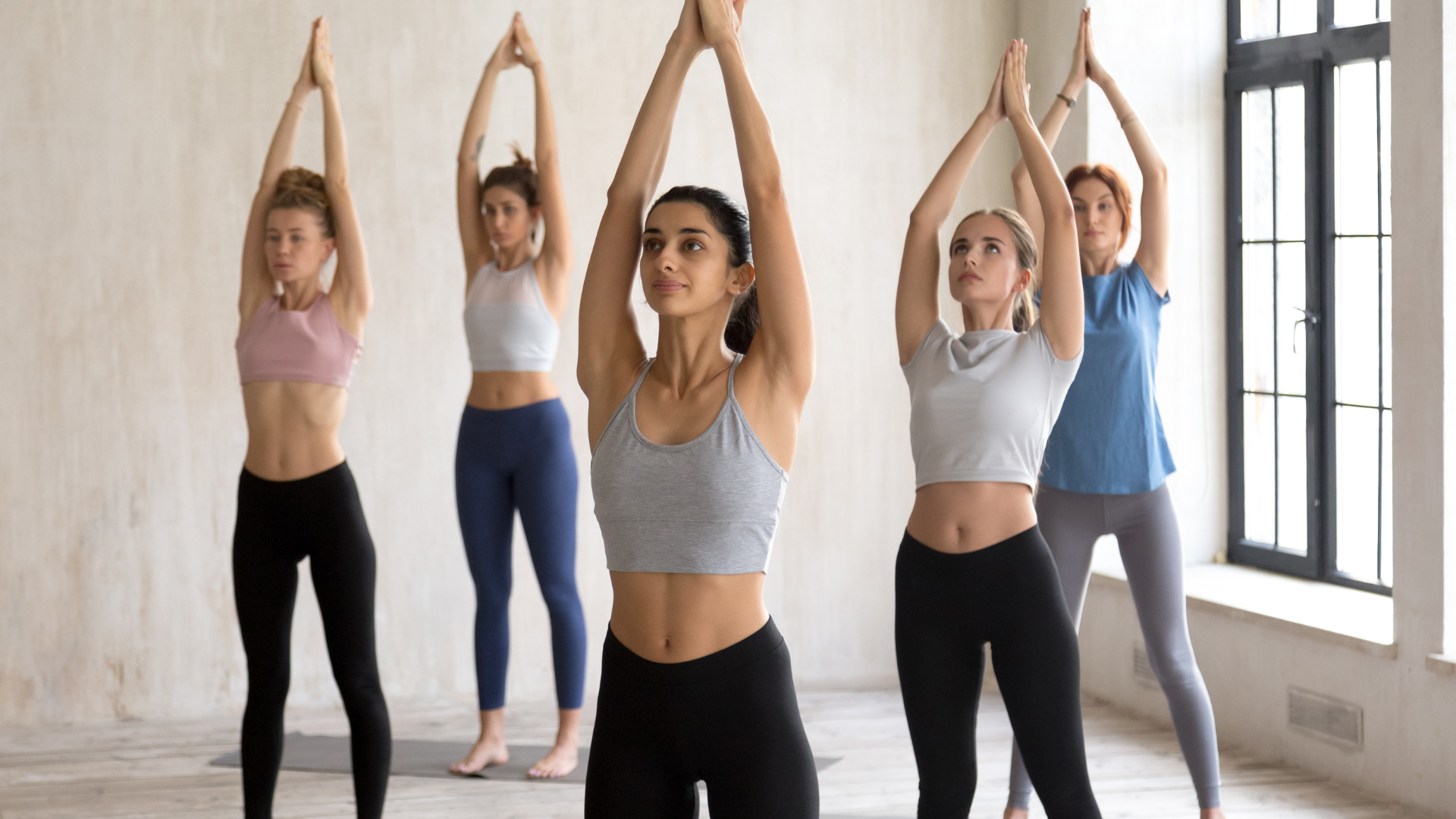
How to Practice:
- Start in Mountain Pose (Tadasana), feet together, standing tall with your arms by your sides.
- Inhale as you raise your arms overhead, then exhale as you fold forward into a standing forward bend (Uttanasana).
- Step or jump back into a plank position, then lower down to the mat into Cobra Pose (Bhujangasana).
- Push into Downward-Facing Dog (Adho Mukha Svanasana) for a few breaths, then slowly walk your feet toward your hands.
- Inhale as you rise back to standing, and repeat.
Aim for 5-10 rounds of Sun Salutations each day to kickstart your metabolism and improve insulin sensitivity.
3. Focus on Twists for Digestion
Twisting poses like Ardha Matsyendrasana (Half Lord of the Fishes Pose) are not only great for improving spinal flexibility but also enhance digestion. And why is digestion so important for managing diabetes? Well, better digestion helps maintain a steady flow of energy and keeps your blood sugar levels stable. These twists massage the internal organs and stimulate the digestive system, encouraging the absorption of nutrients and proper elimination of waste.
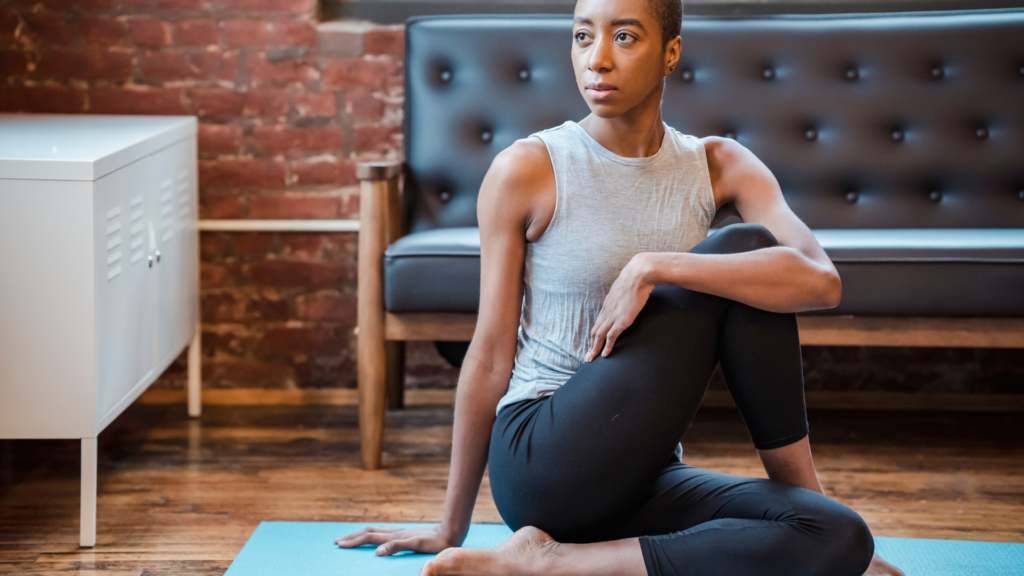
How to Practice:
- Sit tall on the floor with your legs stretched out in front of you.
- Cross your right foot over your left leg, placing it on the floor.
- Inhale, lengthen your spine, and as you exhale, twist your torso to the right.
- Use your left elbow to gently press against your right knee to deepen the twist.
- Hold for 5-10 breaths, then switch sides.
This pose is not only therapeutic for digestion but can help reduce bloating and ease constipation, which is common for people with diabetes.
Check out our blog ‘Nutrition and Yoga: Eating for Optimal Health and Energy‘ to learn how to fuel your body for better health and vitality!
4. Ground Yourself with Standing Poses
Standing poses are fantastic for strengthening the legs, improving balance, and energizing your entire body. For those managing diabetes, it’s important to stay active to prevent blood sugar levels from spiking, and standing poses like Warrior II (Virabhadrasana II) and Tree Pose (Vrikshasana) are perfect for this. They work your large muscle groups and help regulate blood flow, encouraging your muscles to absorb glucose more efficiently.

How to Practice Warrior II:
- Step your feet wide apart and extend your arms parallel to the floor.
- Turn your right foot out 90 degrees and bend your right knee, keeping your left leg straight.
- Keep your shoulders relaxed, and gaze over your right hand.
- Hold for 5-10 breaths, then switch sides.
Incorporating these standing poses into your practice helps you build strength while also improving your circulation, which is crucial for regulating blood sugar.
5. Balance Your Mind with Meditation
Yoga isn’t just about physical movement; it’s about nurturing the mind, too. Meditation can be incredibly powerful for people with diabetes, as it helps reduce stress, anxiety, and emotional eating. A calm mind is a key factor in maintaining healthy blood sugar levels, so make meditation a regular part of your routine. Even just 5-10 minutes of stillness can work wonders.
How to Practice:
- Sit in a comfortable position with your back straight.
- Close your eyes and focus on your breath, inhaling and exhaling deeply.
- If your mind starts to wander, gently bring your focus back to your breath.
- Practice for 5-10 minutes each day, and gradually increase the time as you get more comfortable.
Regular meditation will help you remain centered and focused on your well-being, making it easier to manage your diabetes.
6. Incorporate Low-Impact Poses for Joint Health
Diabetes can sometimes lead to joint pain or stiffness, so incorporating low-impact yoga poses is essential for keeping your joints healthy. Cat-Cow Pose (Marjaryasana-Bitilasana) is a gentle way to stretch and strengthen your spine and relieve tension in your neck, shoulders, and back.
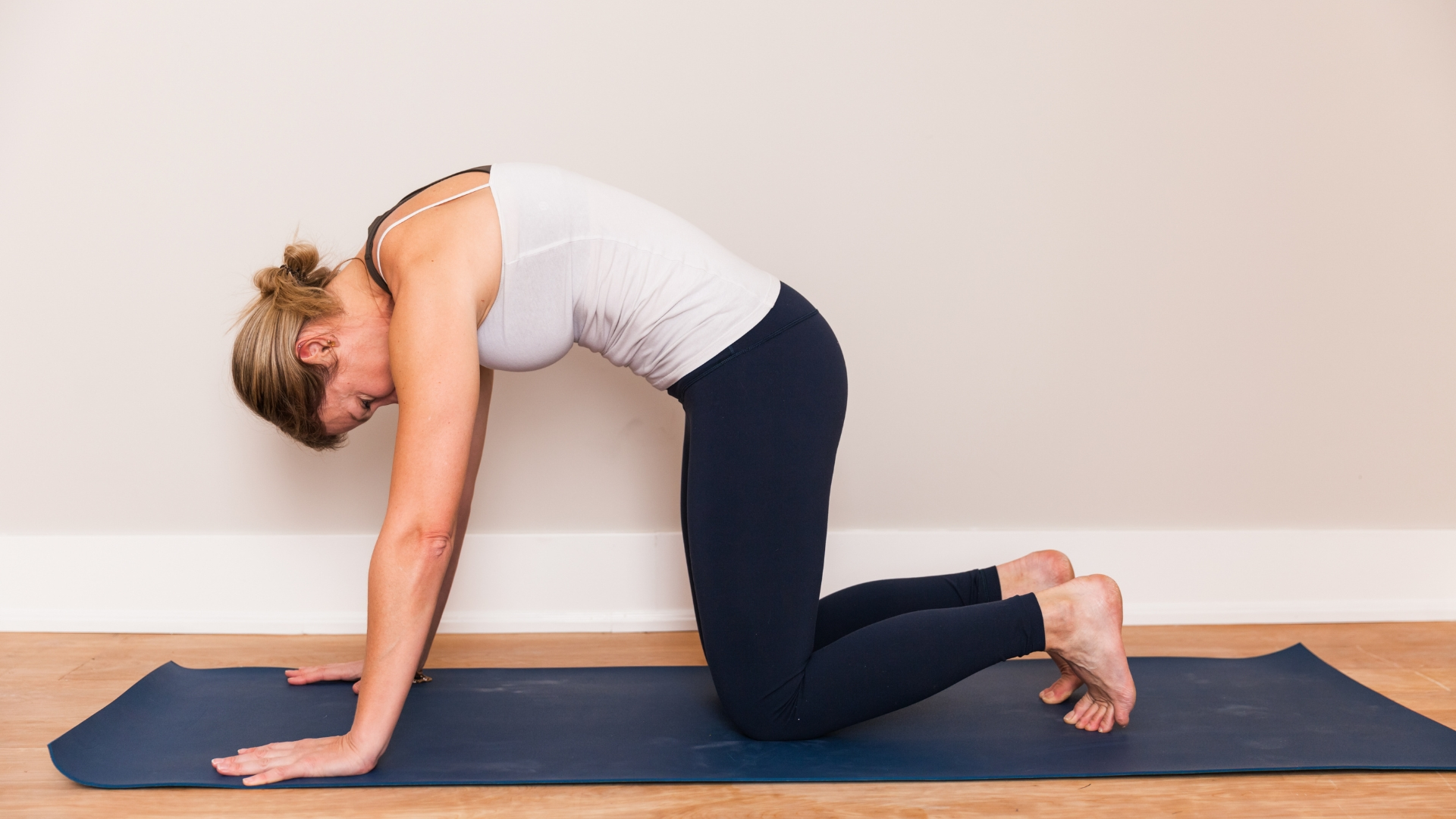
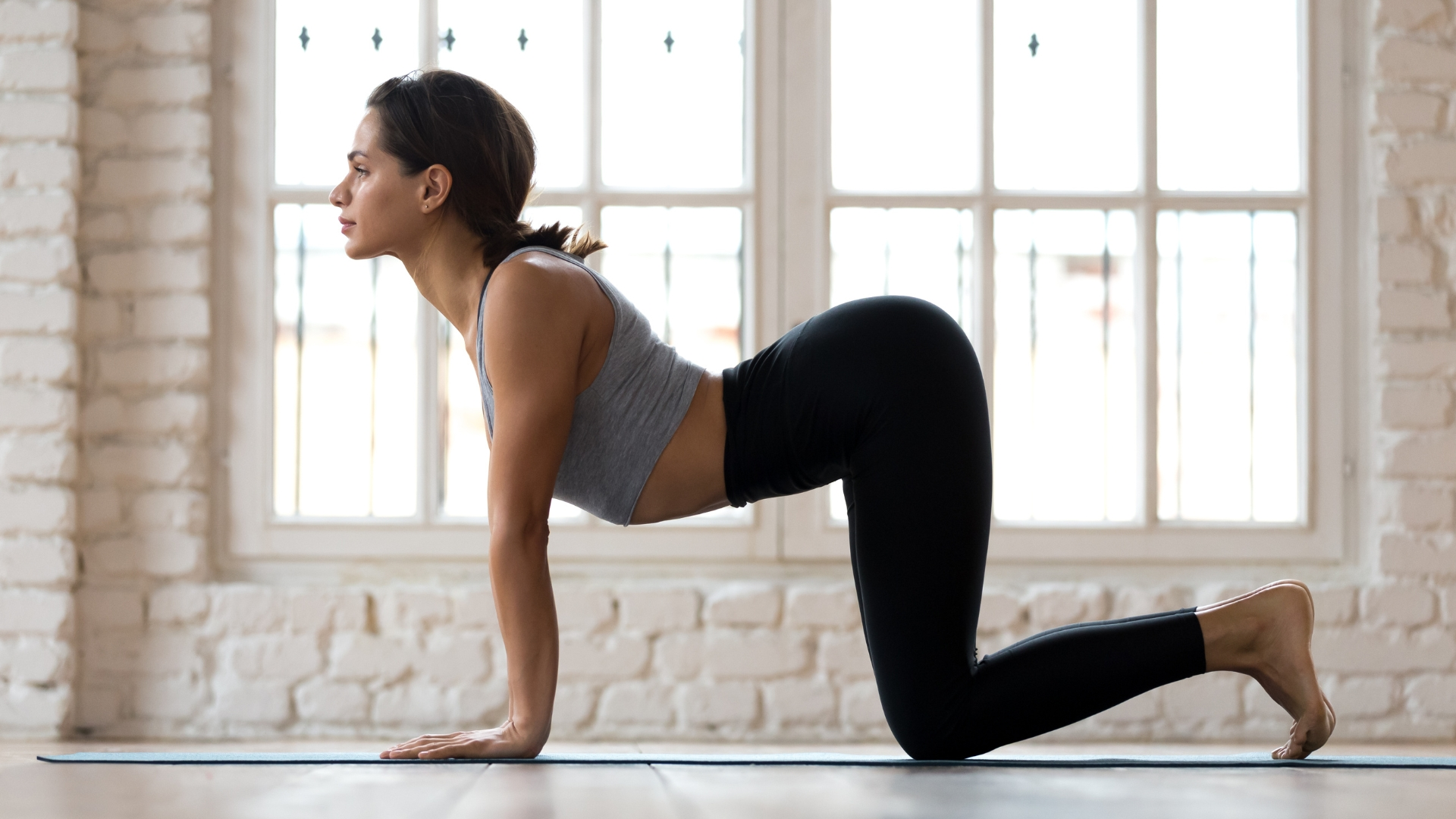
How to Practice:
- Start on all fours with your wrists under your shoulders and knees under your hips.
- Inhale as you drop your belly toward the floor and lift your chest and tailbone (Cow Pose).
- Exhale as you round your spine, tucking your chin and tailbone (Cat Pose).
- Continue to flow between these two poses for 1-2 minutes.
These gentle stretches through online yoga classes for diabetes help reduce stress, release tension, and support mobility, which is crucial for staying active and managing blood sugar effectively.
7. Finish with Relaxation (Savasana)
After any yoga practice, it’s essential to cool down and allow your body to fully absorb the benefits of the session. Savasana (Corpse Pose) is the ultimate relaxation pose, helping to calm your nervous system and restore balance. Taking time to relax after your yoga practice will lower cortisol levels (the stress hormone) and allow your body to naturally regulate blood sugar levels.
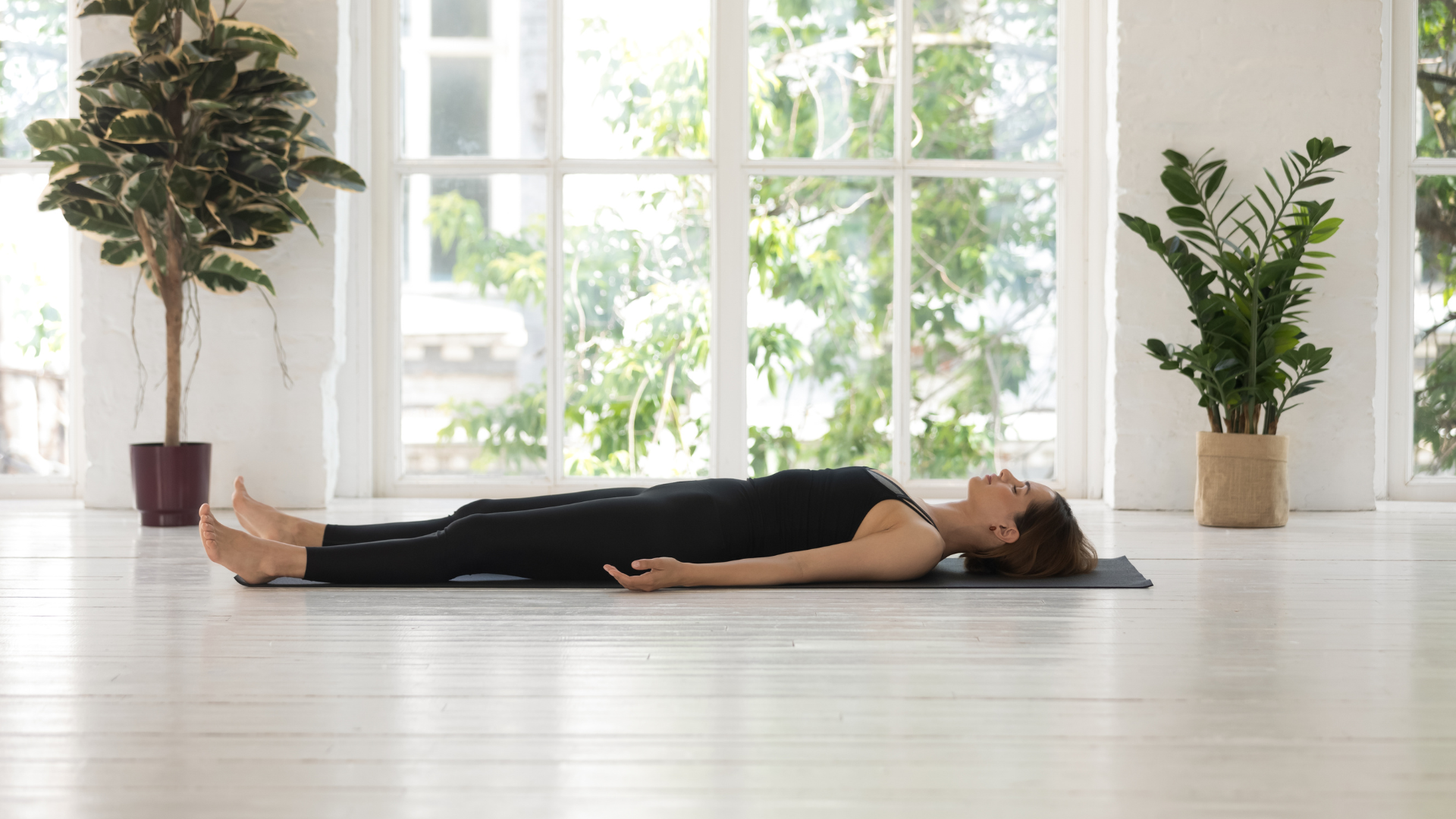
How to Practice:
- Lie flat on your back with your legs extended and arms by your sides, palms facing up.
- Close your eyes and take deep, even breaths.
- Focus on releasing any tension in your body and allowing your mind to settle.
- Stay in this pose for 5-10 minutes.
Let go of any lingering stress or worries. This is your time to unwind, and it will help you feel refreshed and centered.
Conclusion
Incorporating yoga into your daily routine can be one of the best ways to manage diabetes naturally. From calming your mind with pranayama to building strength with standing poses, each aspect of yoga supports your body’s ability to maintain balanced blood sugar levels. Start small and listen to your body—there’s no rush. And remember, yoga is a journey, not a destination. If you’re looking to get started, Shyambhai Yoga offers amazing online classes that can guide you through a practice tailored to your needs.
So, grab your mat, take a deep breath, and let yoga help you manage your diabetes with love, care, and awareness.
Inquiry
If you have any questions, please feel free to reach out. We’ll be glad to help!
